14 June, 2017
A Legendary (MTB) Café
She is one of the best-known figures in women’s MTB in the United States (she joined the MTB Hall of Fame in 2013) and is also one of the star bikers who has passed through the ranks of the Clif Pro Team, where she still does work in public relations and the social media. We're talking about Marla Streb, a true cycling legend and successful businesswoman, thanks to the new store concept that blends the restaurant business with bicycles: the HandleBar Café, the first and only bike-café in Baltimore.
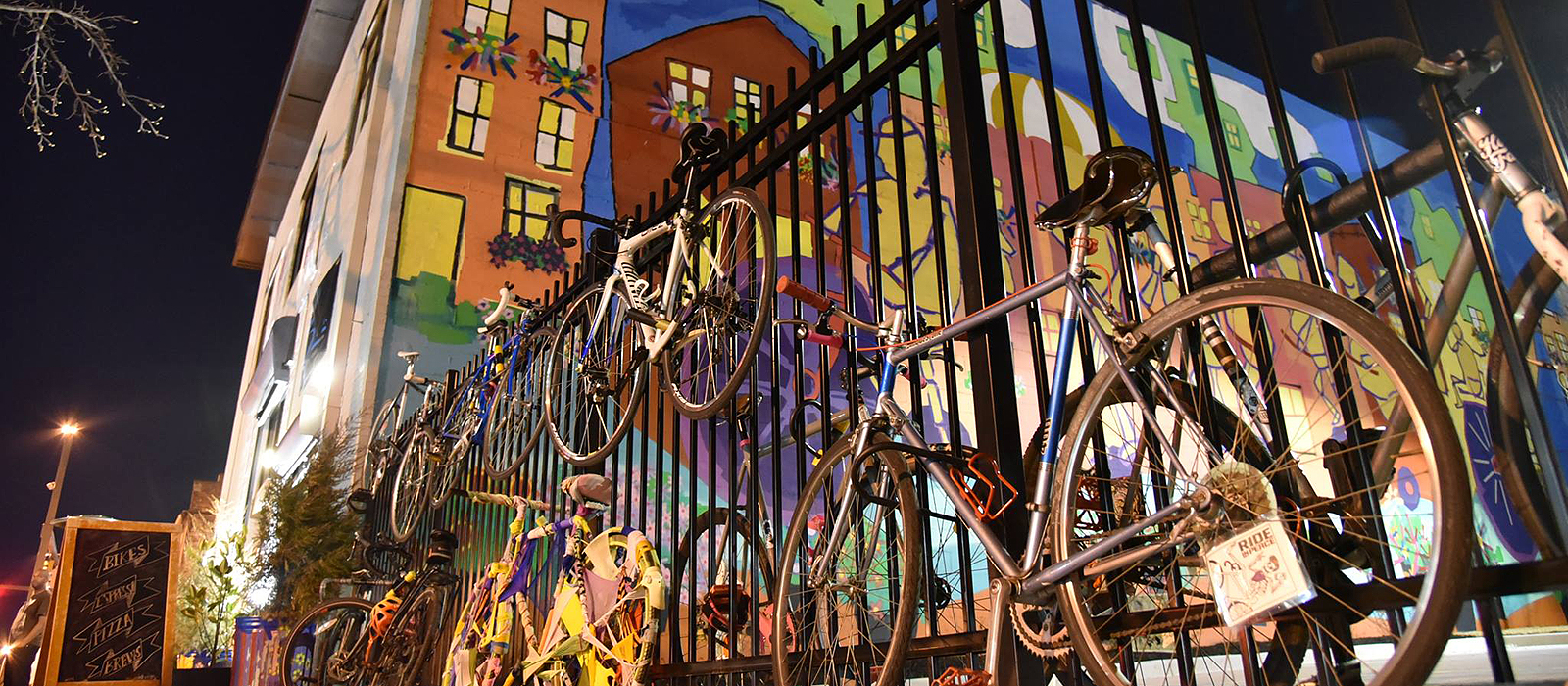
The business, inaugurated in early 2017, includes a bar-restaurant, a bike shop and display area spread out over 650 m2. There is little doubt that this is original shop is out of the ordinary, with its 100% cycling atmosphere where you can have breakfast while they adjust your bike before a route or eat while getting advice on which Orbea model best meets your needs.
We chatted with Marla about this original idea and about the past, present and future of MTB…
Where did the terrific idea of combining the concept of a café with a bike store come from?
During my years on the world cup circuit, I had seen some combo cafes, where there was a bike shop and cafe together in the same space. I mostly loved that I could roll my bike in and relax with a nice coffee, without the need of a bike lock! But I also dug the vibe and immediate connection with other bike loving customers.
But when my husband Mark stumbled into the Mojo Cafe in San Francisco, CA (50% full retail/repair bike shop, 50% casual cafe with liquor license), we really thought we could do this. We knew we could combine my bicycle experience and connections with Mark’s background in restaurant/bar management.
 |
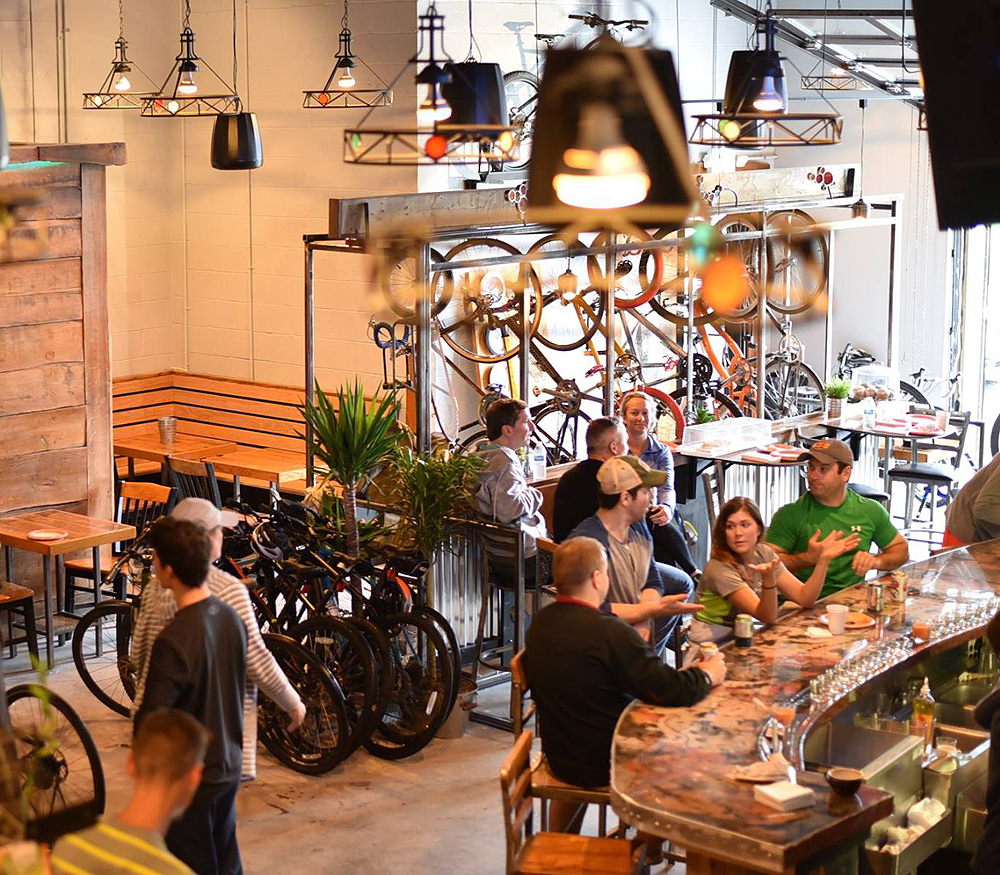 |
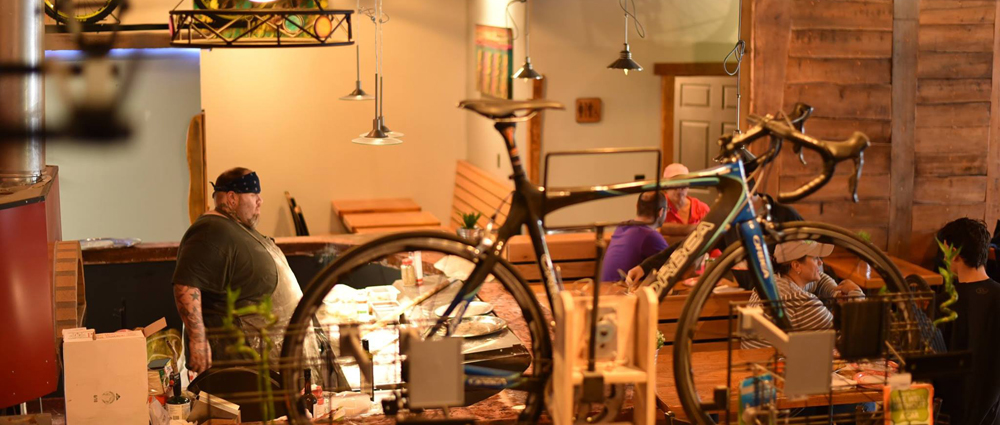 |
What were the biggest challenges you faced to make this dream a reality?
1 Moving to Baltimore and buying a 7,000 square foot building, with no cash
2 Getting a loan (which is almost impossible as an ex-pro athlete)
3 Changing the zoning of the building and getting permits
4 Finding partners to help finance
5 Building it on our own after our contractor fell through.
How much time passed between when you first came up with the idea and you opened up shop?
This took 6 years to execute, from conception in 2010.
What was the first day like?
Uneventful, very small turnout. But this was intensional because we were training staff and we were not completely set up.
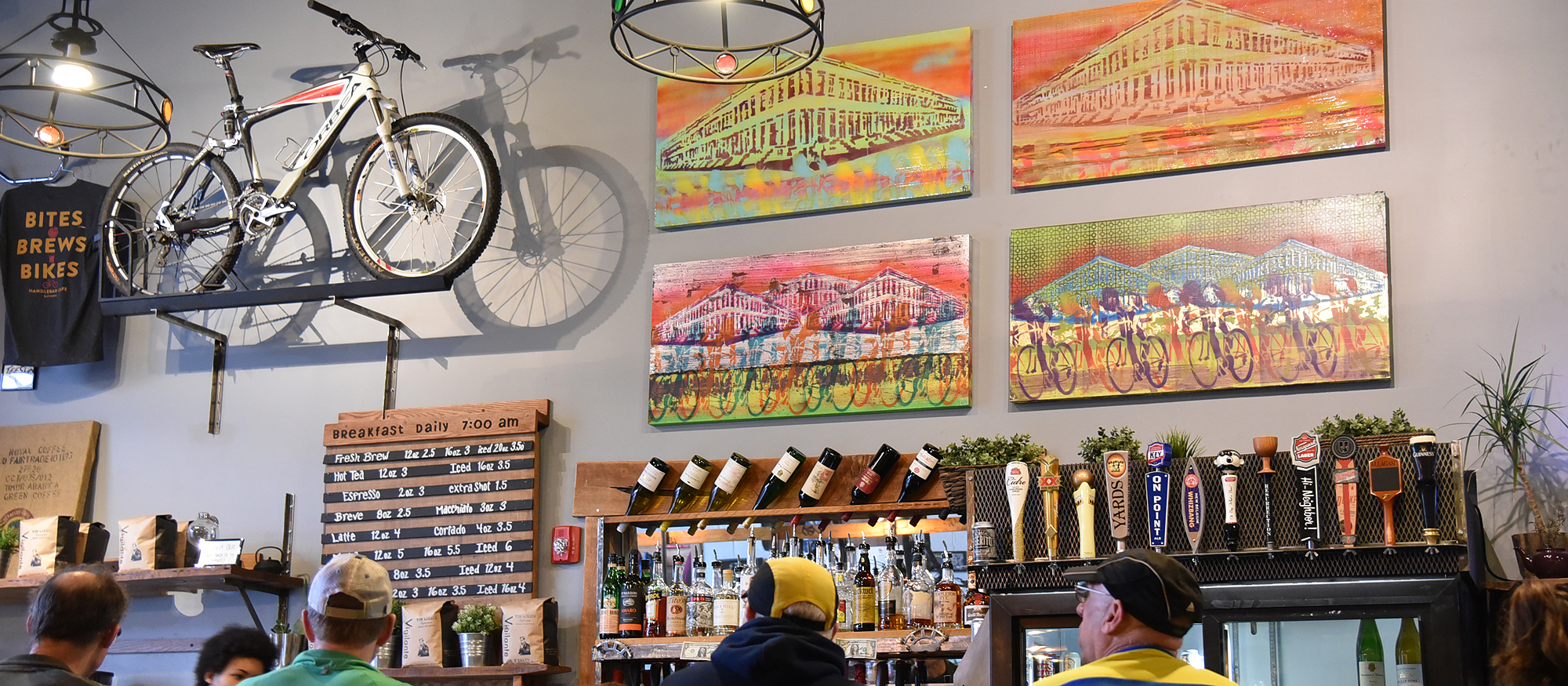
How did the people of Baltimore react to the HandleBar Cafe and Bike Shop?
It took a while for people to understand our concept (this also made it very hard for us to get permits and loans), because the city tends to be old-fashioned and provincial. Many people did not realize that the cafe is also a functional bike retail and repair shop, and some people thought they were not welcome if they did not arrive by bike.
Are you happy with how it has been received?
Yes now we are stoked! People love it and our friends and family have really supported us.
What is the profile of your customers?
This depends on the time and day, but mostly the customers are there for our great food and drinks and hip atmosphere. The cyclists that do visit are mostly urban commuters.
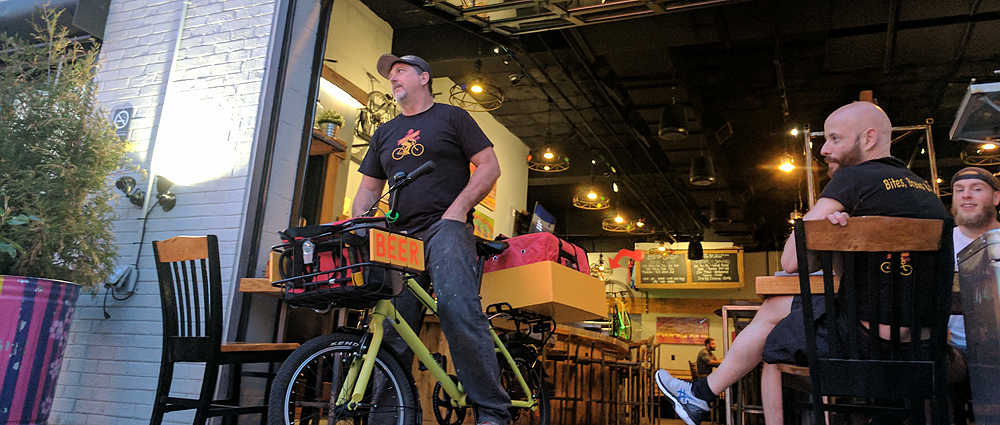 |
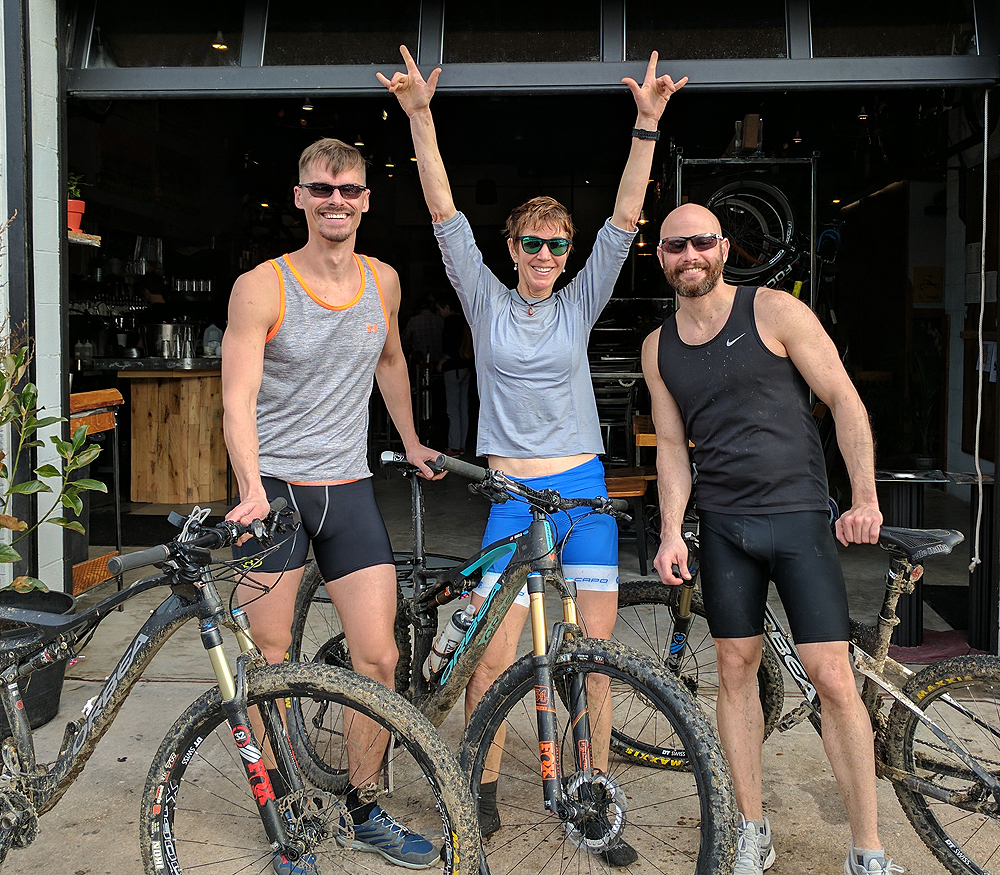 |
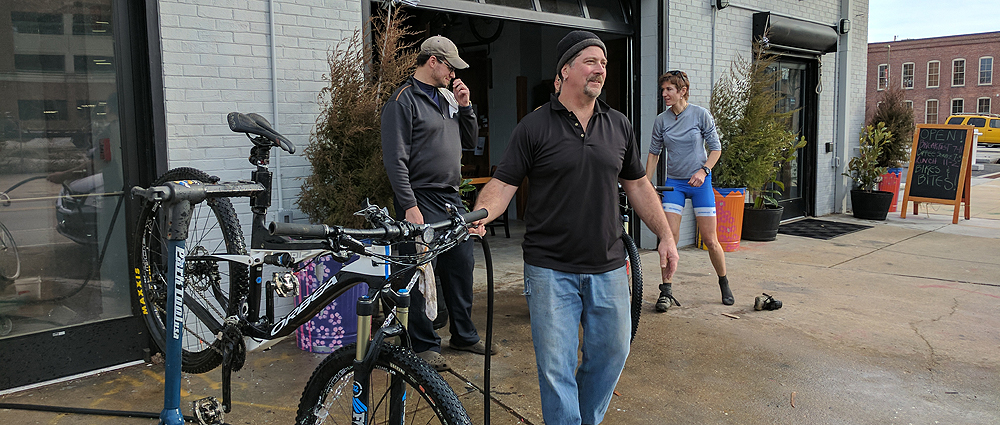 |
Are most cyclists who stop by to have a coffee as long as they are there, or do they come for the coffee and stop to browse the bikes?
Yes, this happens often and was an integral part of our business plan.
What Orbea bikes do you sell?
Mostly urban commuters. Specifically we sell Vectors and Urban 10’s. I’ve also sold some higher end mountain bikes, especially the Occam. The local trails are excellent, but just far enough that you have to drive a car (15 minutes) so we don’t sell a ton of mountain bikes…yet.
Are there any similar shops in other places in the United States, or could we say that it is unique?
Yes, there are some out west, but none are quite like ours (full retail/repair bike shop, full-service restaurant with liquor license, owned and operated by a World Cup winner 😉 )…
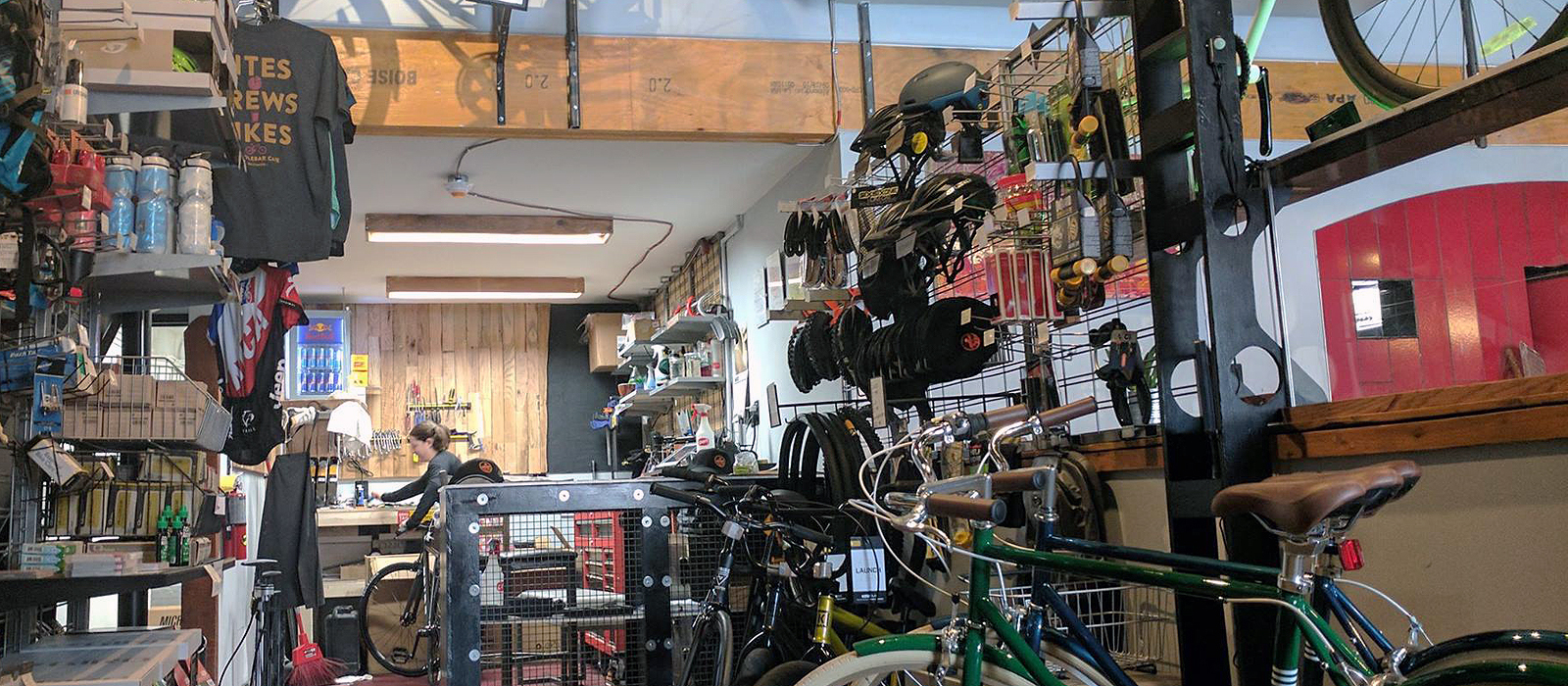
What is a normal day like in the life of the HandleBar Cafe and Bike Shop?
Most days it is very steady, with an uptick during lunch and dinner time. A few times a week we host an event like a fundraiser, special happy hour, movie premiere, ride social, etc. so then it's really hoppin'.
Do you plan on opening any other similar shops or is this already enough work?
Mark wants to open the next one in northern California or D.C in the next two years. I’d rather just finish outfitting our sailboat with the kids and ride my bike. But if we find a good partner out west I’d jump on that and move back to Marin in a heartbeat.
Personally speaking, which Orbea bike is your favorite?
My Oiz 26-er
Which ones have you tried and what is the overall score you’d give them?
Ranking from 1-10: Occam 10, Orca carbon 10, Rallon 10, Alma 10, Oiz 11
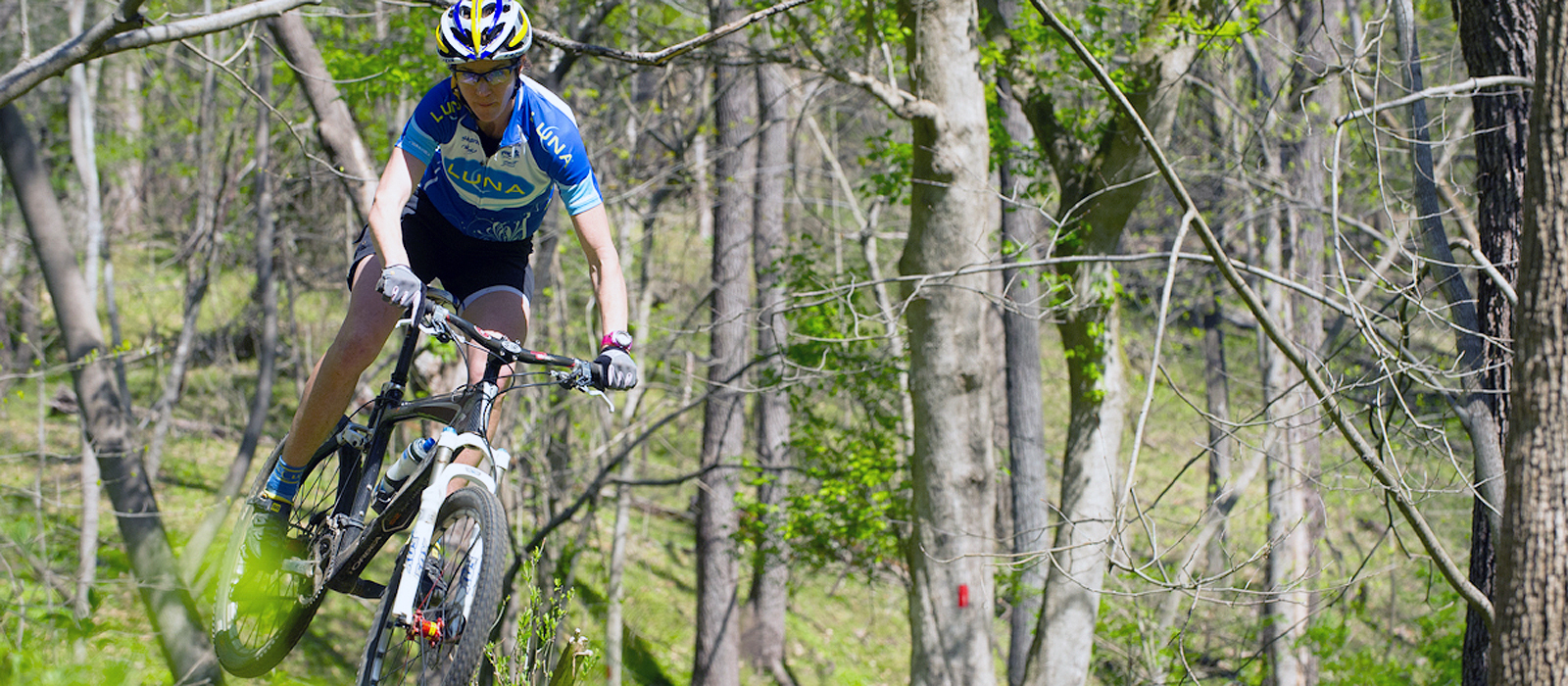
Let’s talk a little about MTB: How have you changed between your first professional races and today?
I’m more relaxed when I race (enduro) now, but now my daily commute to the cafe is as intense as my first races in the 90's. I wait until the very last minute to leave the house, so I need to break my Strava records to get there on time.
What has evolved the most over these years, the MTB material itself (bikes, components, etc.) or the training techniques, performance, etc.?
The Bikes. The suspension and components just keep evolving in complexity and I’m in awe when I try a new Fox Shox. Performances are probably similar, and training techniques rely a bit more on data feedback now, but athletes still have to make the same circles (pedal strokes) while riding their bikes.
All this media overload and need to share may cloud the pure joy of riding, but for pro athletes they will always be distracted by the need to perform better and maintaining sponsorship.
As far as how the bikes have evolved: What would you highlight about their changes in recent years?
Suspension and electronics (shifting, lock-out, etc) is insane now. But it does add complexity and fragile parts (especially in mud) and the need for an electric outlet between rides.
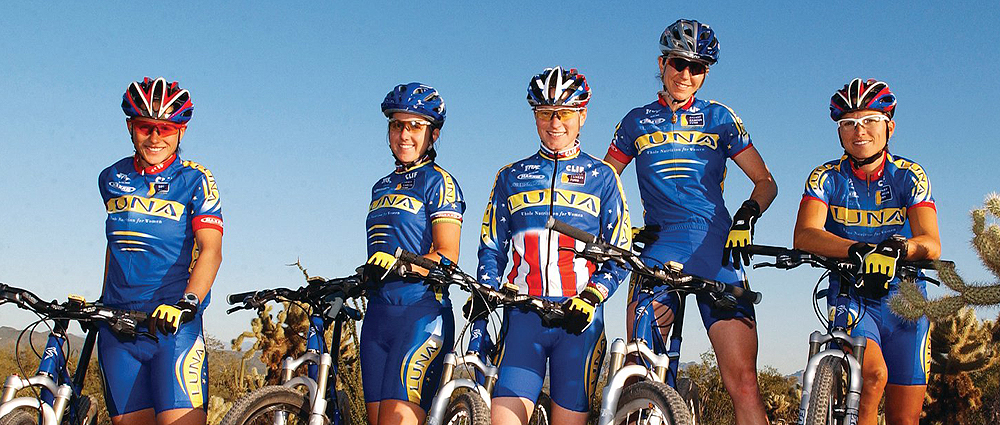 |
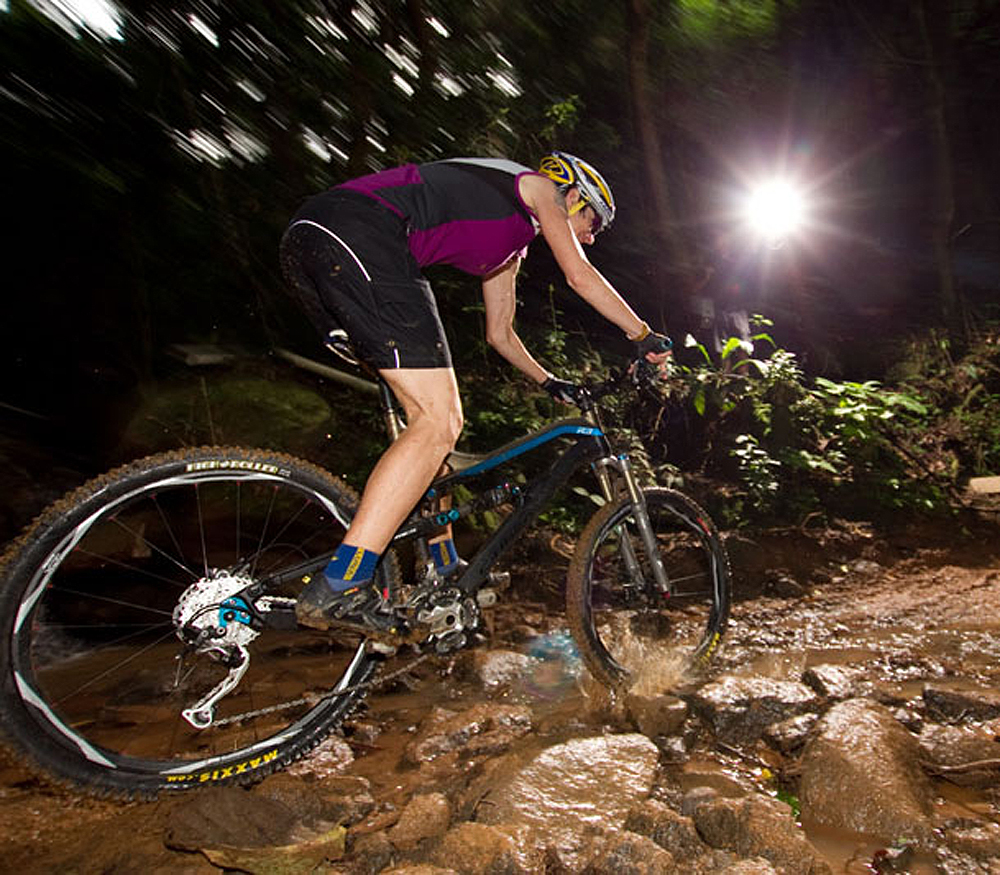 |
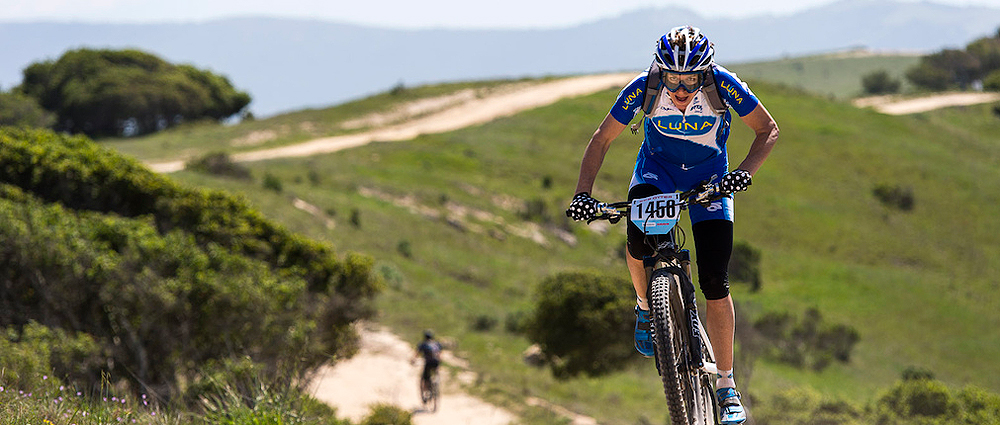 |
Where do you think the MTB market is headed over the next few years?
It will keep growing because people will find more need to re-connect with nature. But it will continue to trend toward the privileged that can access parks and trails. How do I think MTB will evolve in the near future? Even more electronics, lighter wheels, back down to 27.5.
What about women’s MTB?
It’s growing because women are so social, and influencers are starting up big clubs. Also NICA will help recruit more young girls to ride trails.
How do people in the USA remember you?
Probably something reckless from “Back in the Day”…